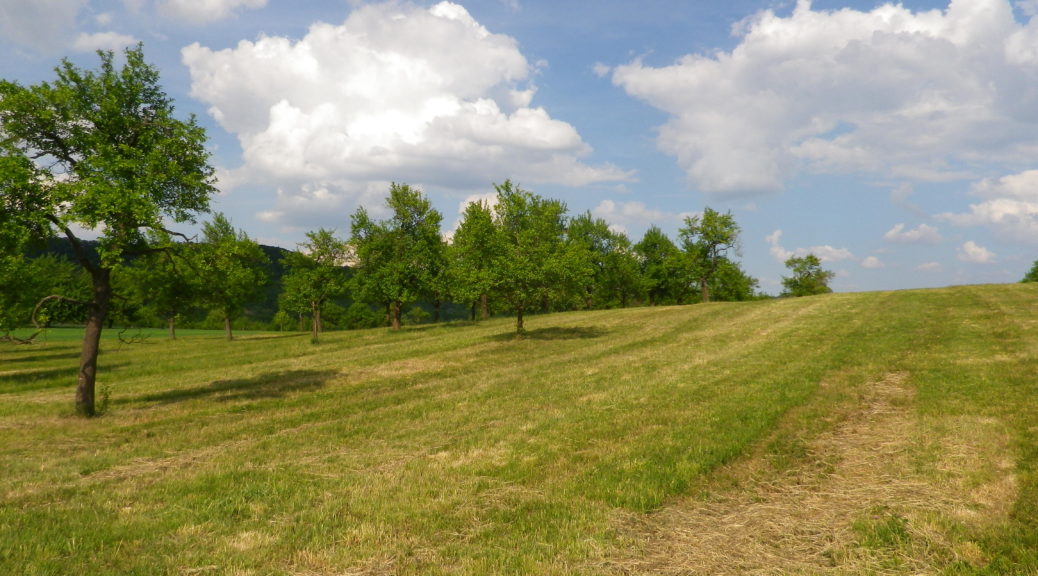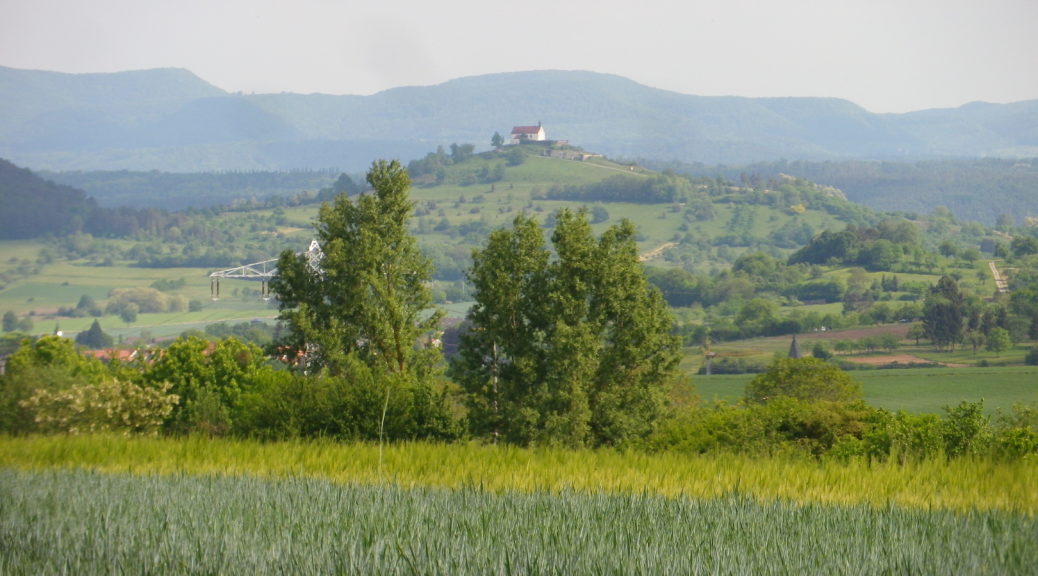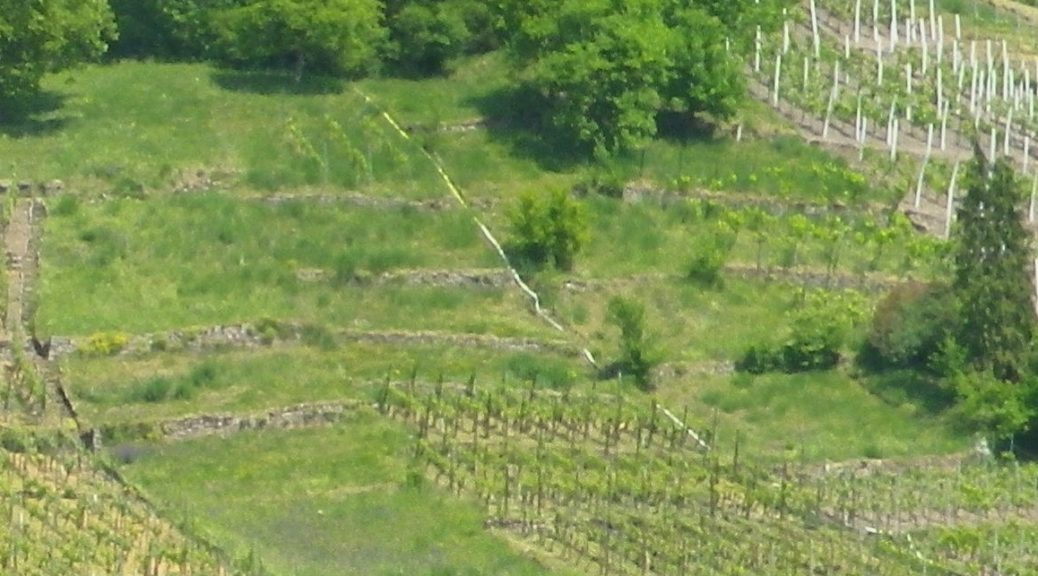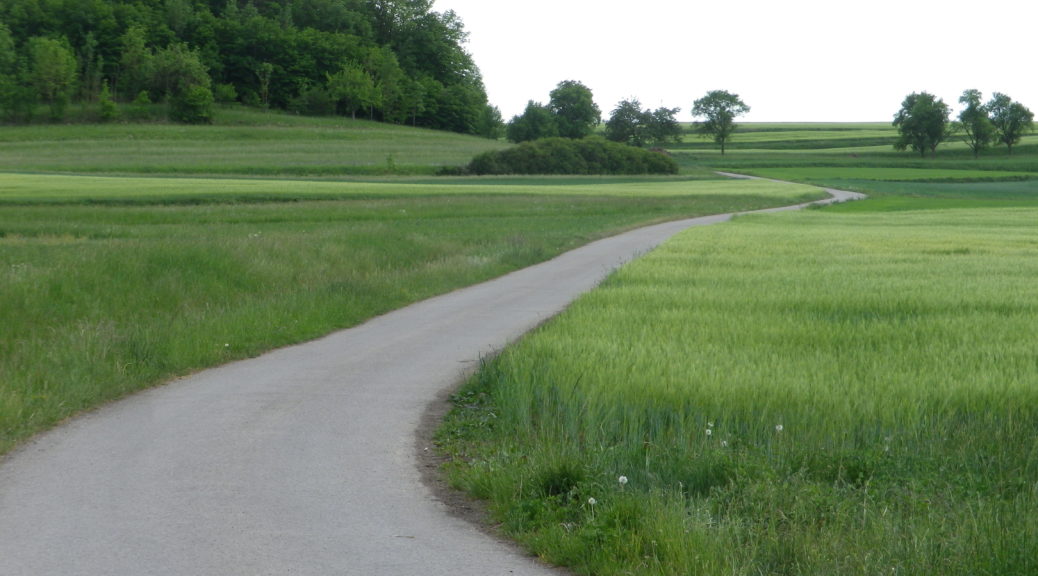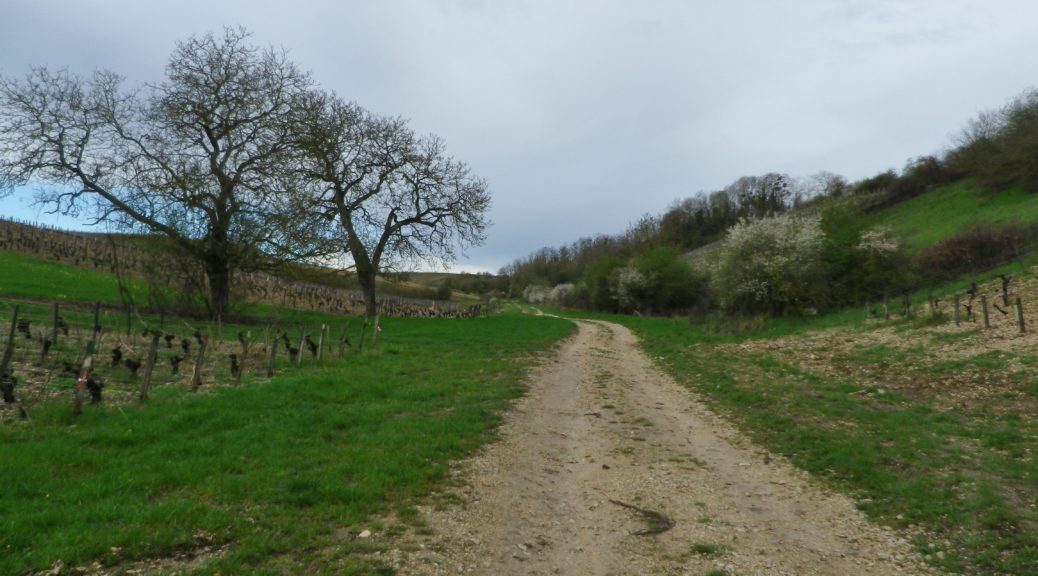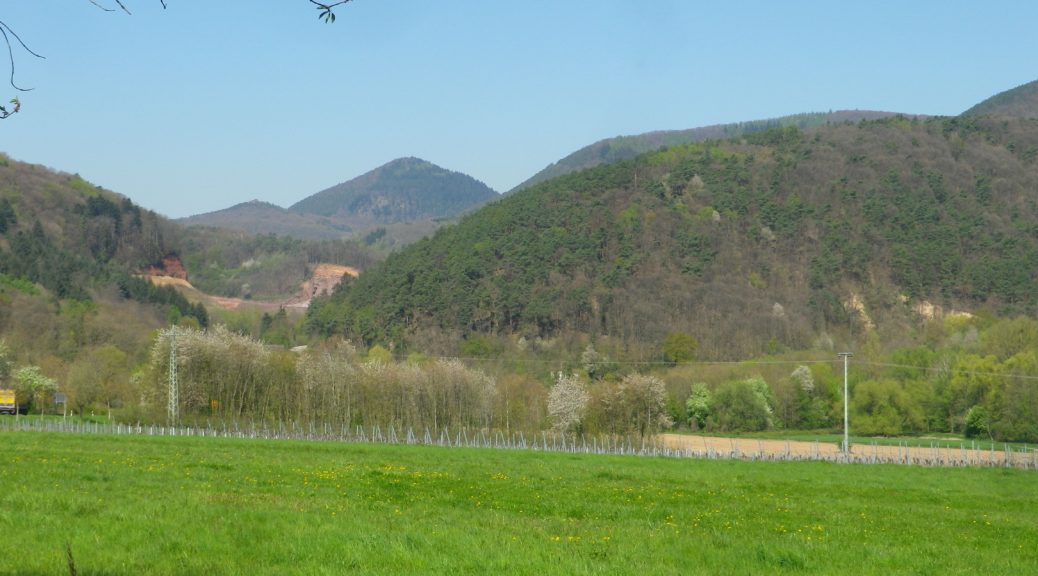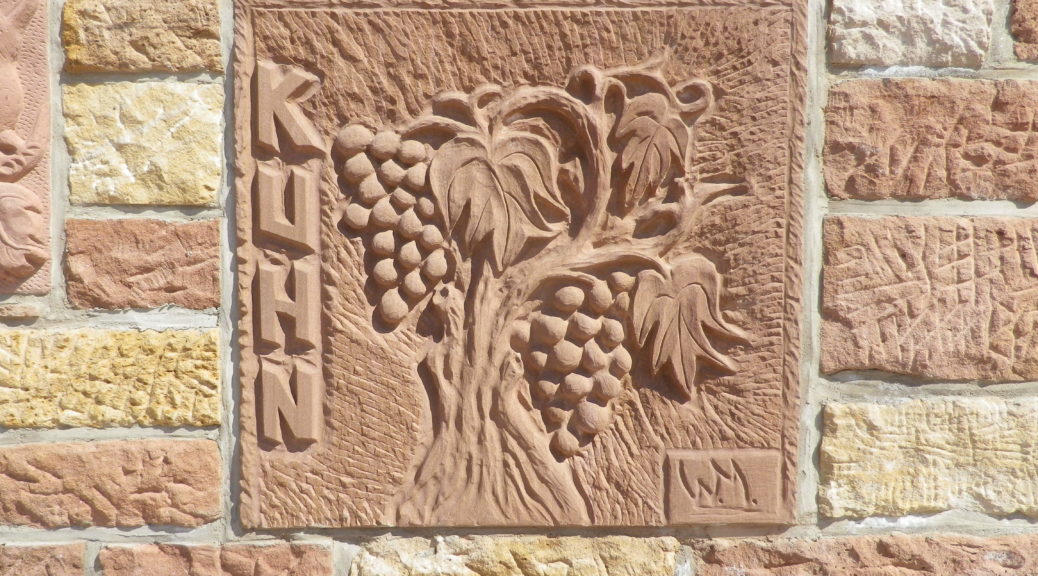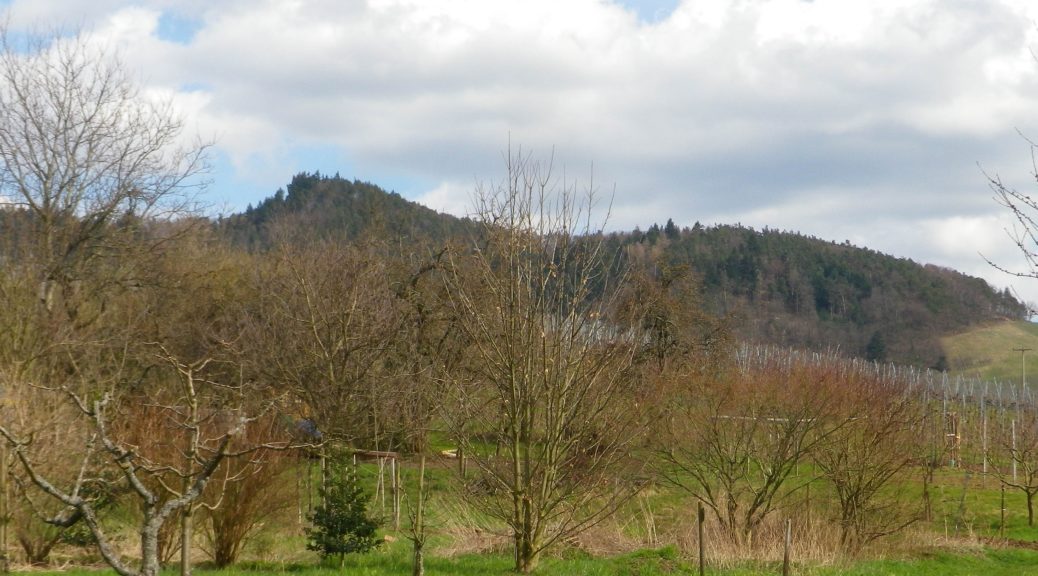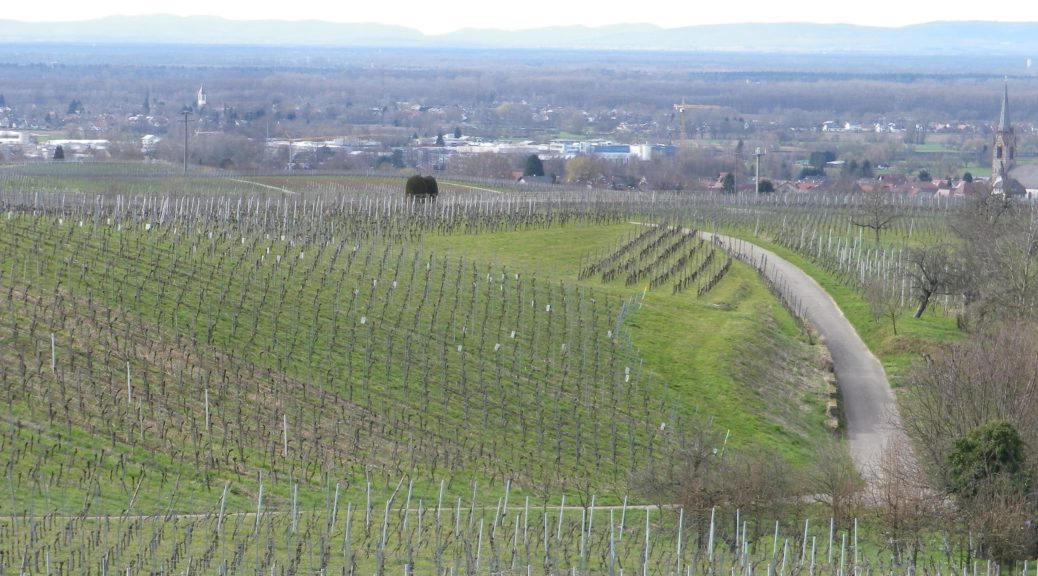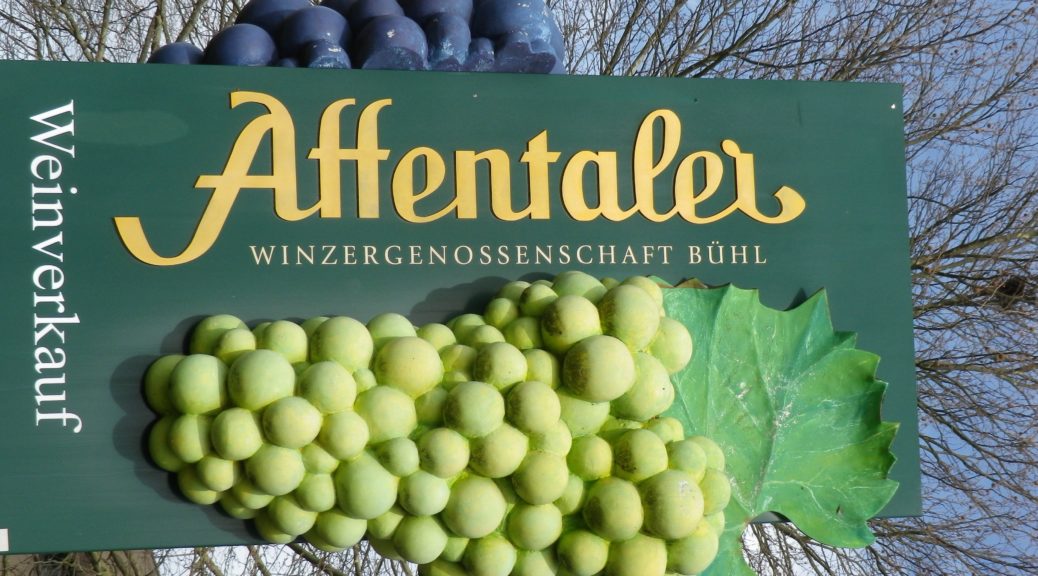Tag Archives: Germany
On Wuerttemberg’s Weinradweg
Wuerttemberg’s Weinradweg (Wine Cycle Route) complements this German state’s long-distance, wine-themed hiking trail, and extends a bit further south as well. When it comes to wine trails, both the hiking trail and this biking trail fall in the category of extensive. I had already hiked, and really enjoyed, parts of the 470 kilometers/292 miles-long hiking trail. I wanted to explore the bike trail as well.
Since I knew I would never complete the whole route, I decided to cover new ground, the area south of Stuttgart, along the Neckar River, one section of Wuerttemberg’s wine country that the complementary hiking route does not reach. Looking at the trail map, it is easy to see that the very first segment lends itself nicely to a circuit route: starting from Rottenburg am Neckar, and going to Tubingen, via the Ammerbuch valley, and returning to Rottenburg along the easy, popular and well-marked Neckar Valley bike trail.
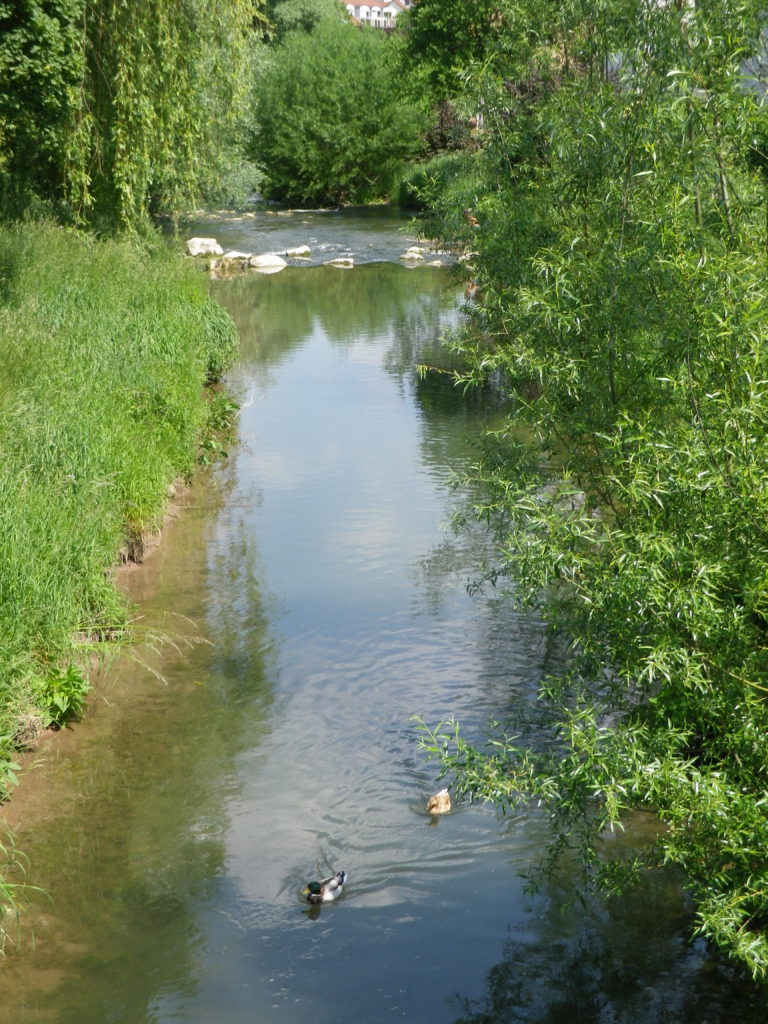
Wine Notes: Wuerttemberg’s Oberer Neckar
What I Learned
The Oberer Neckar, Upper Neckar, in English, is the smallest wine district in the Wuerttemberg Wine Region, with only about 30 hectares (acres) to its credit. The district’s name is due to its position in the upper third of the valley defined by the Neckar River. Its closest viticultural neighbors, Metzingen and Neuffen, as well as the Stuttgart Weinsteige, lie to the north (downriver) within the Remstal-Stuttgart wine district of the Wuerttemberg wine region.
Historically, the region’s vintners were challenged to get a crop undamaged to harvest. Tradition says that their wines were sour, and hence having a poor reputation for quality. Since 1990, that is changing. Helped by climate change (meaning better ripening for the grapes), and education, the wines are much improved.
Wuerttemberger Weinradweg: Trail in a Nutshell
Trail Name: Wuerttemberger Weinradweg
Trail Type: Long distance; well-maintained and almost exclusively paved, marking on the trail very good
Length:
Total – 354 kilometers/219 miles
My segment – 32 kilometers/ 20 miles
Convenient to: Stuttgart, Tuebingen, Rottenburg am Neckar, Germany
Marking: Square metal shield with a white-outlined stylized rider on a bicycle superimposed on a burgundy background
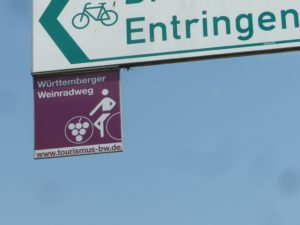
Continue reading Wuerttemberger Weinradweg: Trail in a Nutshell
Gallery May 2019
A Spring Warm-Up in the Pfalz
Spring blooms relatively early in the southern Pfalz. First, and perhaps the most spectacular of all, are the almond blossoms. Beginning in early March and continuing until mid-April, the profuse, brilliantly pink flowers seen against a cerulean blue sky, are a gorgeous sight. This magnificent spectacle prompted a long-distance hiking trail entitled the Pfaelzer Mandelpfad, or the Pfalz Almond Trail. While I unfortunately arrived just as the pink almond blossoms had faded, I could see the next tree blossoms on deck: the delicately colored white apple tree blossoms.
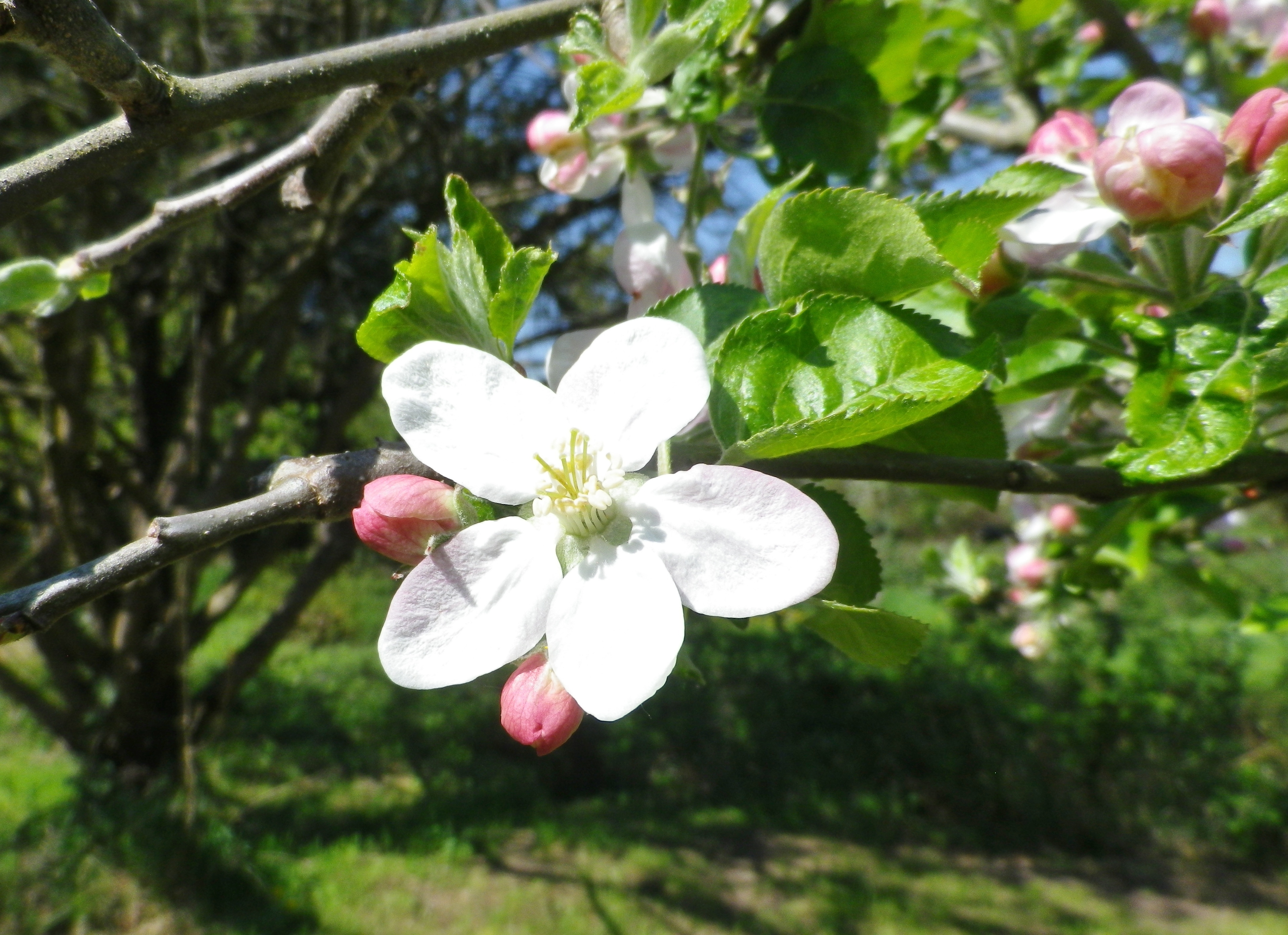
Wine Notes: Pfalz’s Suedliche Weinstrasse
What I Learned
The Pfalz has more hectares (about 23, 600) under vine than any other wine region in Germany, except Rheinhessen. It is divided into two districts: the Mittelhaardt, and the Suedliche Weinstrasse. White wine varietals, of which there are over 70 different types, predominate, especially Riesling, but red wine varietals are increasing, now with over 50 types, in proportion to the white varietals.
In the Suedliche Weinstrasse district, the Deutsche Weintor Winery (Winzergenossenschaft) primarily serves the Suedliche Weinstrasse district. Founded in 1956, the winery takes its name from Deutsche Weintor, the iconic wine gate in Schweigenhof-Rechtenbach on the French border, which marked the end of German’s first car tourism Route: The German Wine Road (Deutsche Weinstrasse). A popular tourist site, many people are familiar with the Deutsches Weintor vinothek there. However, its cellar, begun in 1957, is a bit further north, in Ilbesheim bei Landau. It likewise has a vinothek. Nowadays, with over 600 wine growers, and over 850 hectares, the Deutsche Weintor Winery dominates the wine production of this area.
Gallery April 2019
Riesling Wine Wandering
Increasingly, wine regions, especially those growing iconic grape varietals, sponsor varietal wine walking trails. Riesling is an especially important varietal in the Rhine River Valley. When I heard of one such trail in the wine region of Baden, I decided to visit.
The Riesling Weg (Trail) is located in the village of Eisental. In this part of the Baden wine region, the Ortenau, Riesling is the single-most cultivated varietal. Riesling can be a challenge to grow, given the lack of sunshine some years, and the steep slopes required to ensure maximal sun exposure when there is any. However, this Riesling trail was not challenging, and is easy enough for the whole family to enjoy.
First, there was the village. Small, compact, and nestled in a hollow, it was an oasis of tranquility. The old nucleus of the village, set around the church and town hall (Rathaus), was untouched by tourism – So laid back that it has only one eatery in the center.
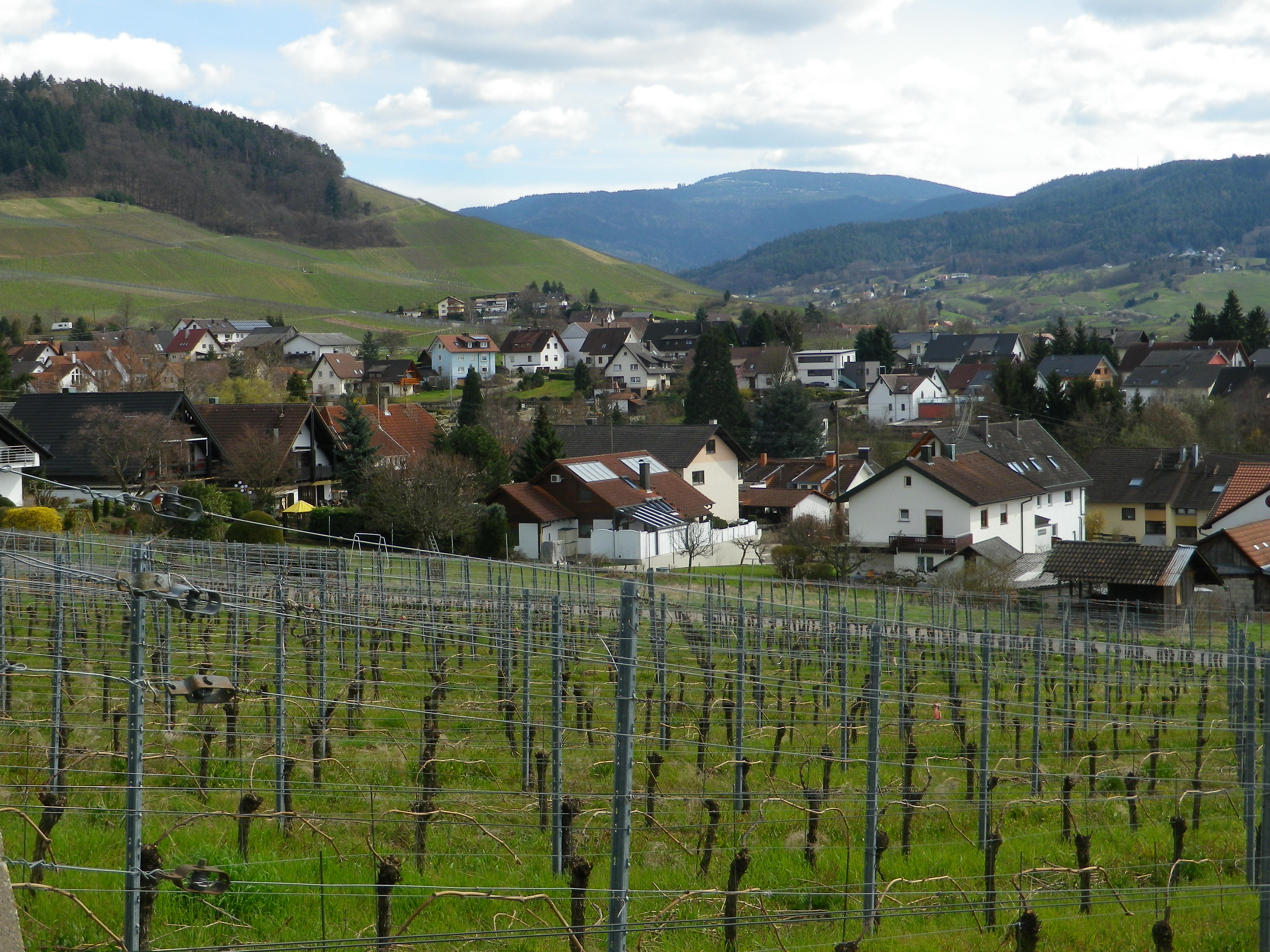
Wine Notes: Ortenau Riesling
What I Learned
Riesling grows in every German wine region, and in some, a lot more than others. In the Baden wine region, Riesling is the single most cultivated white varietal. The Ortenau, in particular, grows more Riesling proportionally, than any other wine area within the Baden wine region.
Riesling has a long and interesting history here. Traditionally, the name Klingelberger applies to Riesling wine from the Ortenau. In a nod to this tradition, you can still find Riesling wine sold under this label, (much as you can find Pinot Noir grown in Affental, bottled under the name Affentaler). Another tradition involves the use of the uniquely shaped flat Bocksbeutel as the bottle of choice. The Bocksbeutel is traditionally associated with the Franken/Franconia wine region, but this area of the Ortenau adopted its use in the 1700s, when a nobleman from Franconia took up residence here, and bottled his wines using the Bocksbeutel. After a lengthy legal suit in the 1970s over Franconia’s exclusive right to use the Bocksbeutel, the court upheld the Ortenau tradition, ruling that outside Franconia, only the Baden areas around Neuweier, Steinbach and Varnhalt could bottle their wine that way.
